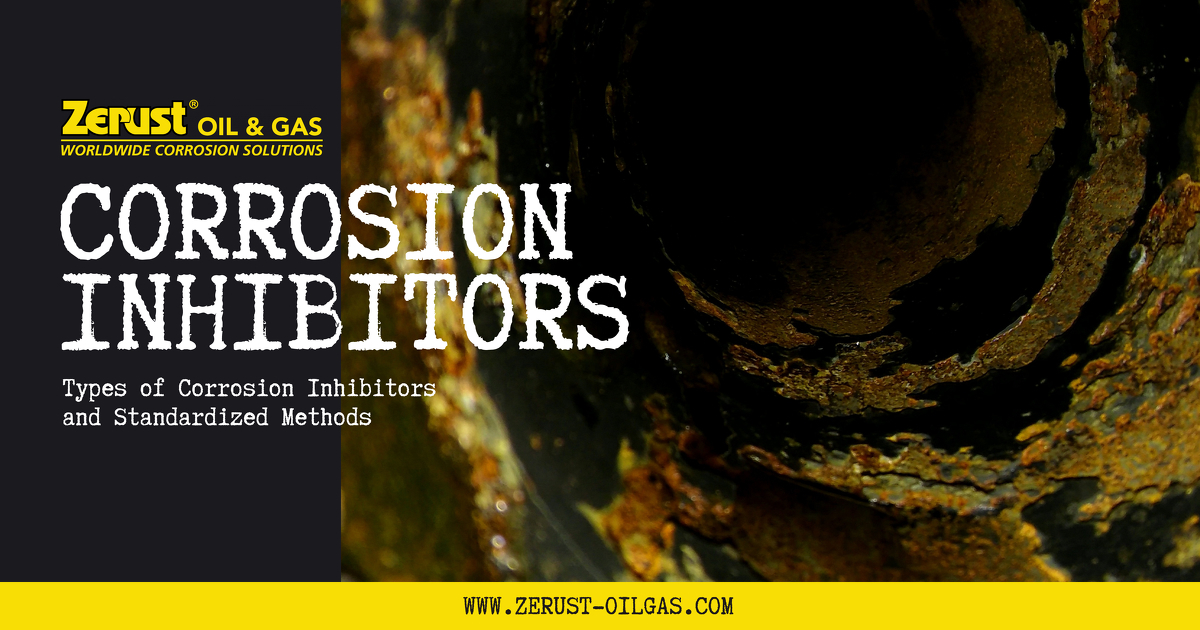Types of Corrosion Inhibitors and Standardized Methods

Types of Corrosion Inhibitors
Below is a breakdown of the three (3) basic classes of corrosion inhibitors, how they differ in function and application, as well as how their use is regulated for corrosion protection in the oil and gas industry.
Classes of Corrosion Inhibitors
- Contact Corrosion Inhibitors (CCIs) or simply (CIs)
- Volatile/Vapor Corrosion Inhibitors (VCIs) or vapor phase corrosion inhibitors
- Soluble Corrosion Inhibitors (SCIs)
Contact Corrosion Inhibitors (CIs)
Just as the class name implies, CIs refer to any chemical formulations that interrupt the electrochemical corrosion process when they are blended into paints and coatings and are applied in direct contact with metal surfaces.
Volatile/Vapor Corrosion Inhibitors (VCIs) or vapor phase corrosion inhibitors
VCIs refer to any chemical formulations, the molecules of which volatizes from their source powder or liquid form into a gas and travel through the air before they interrupt the electrochemical corrosion process by adsorbing to metal surfaces they come in contact with. To prevent confusion between these terms, The API (American Petroleum Institute) documents that refer to this class of corrosion inhibitor are now standardizing on Vapor Corrosion Inhibitors or VCIs in their wording.
Check out this blog post for more information about what a Vapor Corrosion Inhibitor (VCI) is. >>>
Check out this animation for a quick explanation of how Vapor Corrosion Inhibitors (VCIs) work. >>>
What are Soluble Corrosion Inhibitors (SCIs)?
SCI’s directly affect the corrosivity of liquids by changing their pH. These are useful in environments where acids may be present.
Methods of Standardized Corrosion Protection (CP, Coatings, VCI)
The oil and gas industry has standardized the use of Cathodic Protection (CP) and Coatings as their main forms of corrosion protection for several decades.
Industry regulations are well established for the use of these. While some regulators still adhere to CP and Coatings as the only two options, many others have adopted the use of VCI as a standalone option or in conjunction with CP and/or Coatings.
NACE and API
Both NACE and API have documents published which recognize the use of VCI. Papers have been published at NACE that demonstrate that there is a symbiotic relationship between the uses of VCI in conjunction with Cathodic Protection.
For more information on this and designing a VCI system, please contact us.

